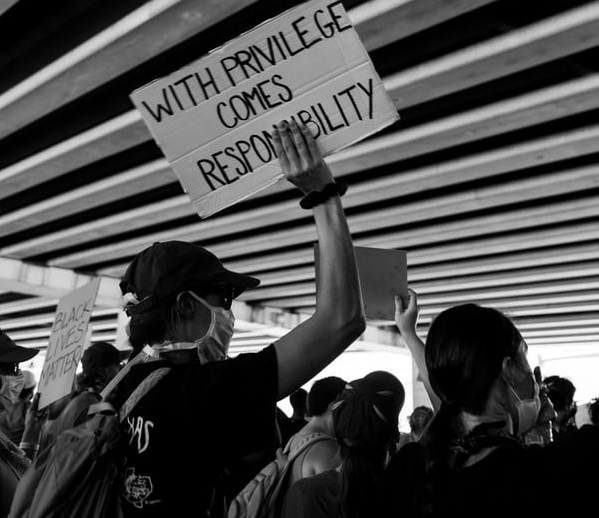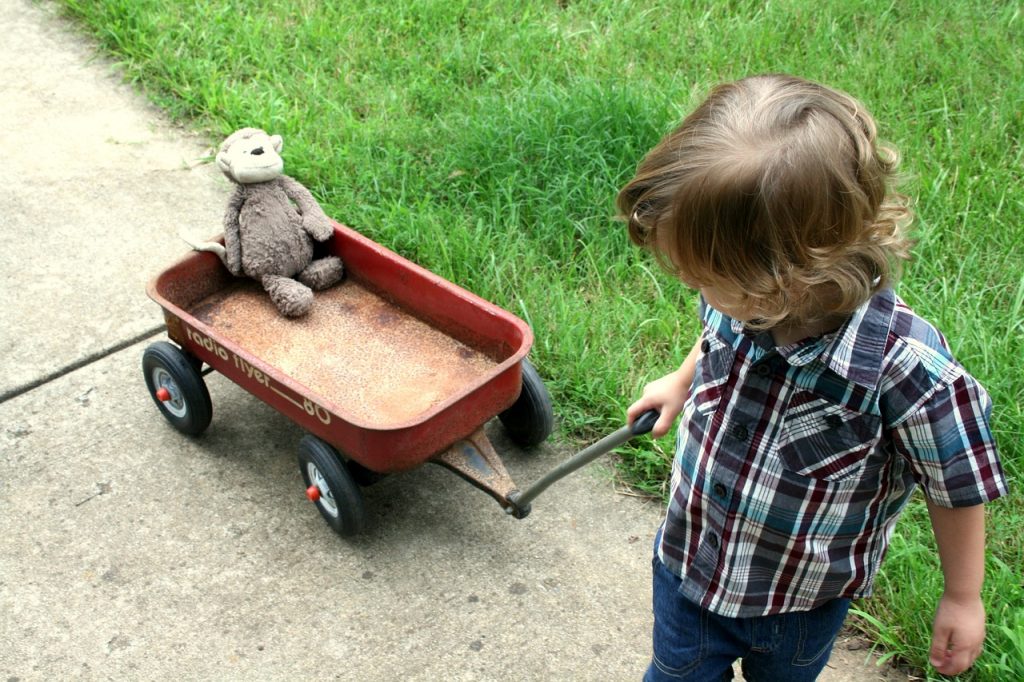
Hi everyone, this post may be less coherent and more serious than normal. I can’t stop thinking about the news regarding the remains of 215 Native children found at the site of a residential school in Kamloops, Canada. White Canadians – teachers, administrators, the church, the government – murdered them. It is deeply sad and horrifying. I can only imagine the pain and trauma these children endured, and what Indigenous families and communities have been going through.
Meanwhile, this week marks the 100th anniversary of the Tulsa race massacre, where in the span of hours a mob of white people murdered hundreds of Black people, left thousands homeless, and burned Black Wall Street to the ground. It is profoundly horrendous, and something I don’t think our white-centric education system taught many of us.
[Update: I want to give thanks and credit to K. Kennedy Whiters, Architect and Founder of unRedact the Facts, for giving me feedback and wording to revise the above two paragraphs. Originally, I had used the passive voice, which is another way that we all perpetuate white supremacy]. Continue reading “20 subtle ways white supremacy manifests in nonprofit and philanthropy”



